The term wheat, or grain, refers to plants of the Graminaceae family, in the genus Triticum. Wheat is an annual plant with a long hollow stalk, called a culm, which has nodes and internodes. The ear, the end of the stalk, blooms in tight clusters of nodes, each of which has a single flower. Each flower contains male organs, the stamens, and female organs, called pistils. Wheat flowers are hermaphroditic, and reproduce by self-fertilization. What we call a “grain of wheat” is actually the fruit. Grain is dry and high in floury albumen, which is rich in starch, sugars and nitrogen compounds.
Wheat and its products are food staples in the human diet. Soil used to grow wheat must be well ploughed and fertilized but doesn’t require much irrigation. Wheat is harvested, or cut, in the summer, when ears become golden-yellow and start to dry out.
Traditionally, farmers test grain with their teeth to see if it is ripe enough to harvest. When they are hard enough, it is time to harvest. During the harvest, grain is threshed. Grain is separated from inedible parts, which are straw, or cut stalks, and husks, or the sheathes that cover the grain. Man has grown wheat since prehistoric times. Wheat is the most widely cultivated plant in the world today. Current crops are the result of interbreeding to obtain higher yields. Some varieties have been created with a short growing cycle. Faster-growing wheat can survive in cold or humid climates. Wheat is milled, or ground, in order to make flour, in turn used to make bread and pastries.
Different kinds of grain can be fermented and distilled to make alcoholic beverages, such as whiskey. Milling leaves behind bran, a byproduct often used to feed animals. Wheat leaves can also be weaved. After the end of World War Two, wheat production increased worldwide. More efficient growing techniques yielded more wheat from more or less the same amount of fields. Wheat has been essential since ancient times. Greeks associated it with the goddess Demeter. Demeter's Roman equivalent is Ceres, also the root of the modern word cereal. Ceres is also the name Romans gave to the constellation today known as Virgo. Ceres appears in the summer sky, in time for harvest.
Wheat and its products are food staples in the human diet. Soil used to grow wheat must be well ploughed and fertilized but doesn’t require much irrigation. Wheat is harvested, or cut, in the summer, when ears become golden-yellow and start to dry out.
Traditionally, farmers test grain with their teeth to see if it is ripe enough to harvest. When they are hard enough, it is time to harvest. During the harvest, grain is threshed. Grain is separated from inedible parts, which are straw, or cut stalks, and husks, or the sheathes that cover the grain. Man has grown wheat since prehistoric times. Wheat is the most widely cultivated plant in the world today. Current crops are the result of interbreeding to obtain higher yields. Some varieties have been created with a short growing cycle. Faster-growing wheat can survive in cold or humid climates. Wheat is milled, or ground, in order to make flour, in turn used to make bread and pastries.
Different kinds of grain can be fermented and distilled to make alcoholic beverages, such as whiskey. Milling leaves behind bran, a byproduct often used to feed animals. Wheat leaves can also be weaved. After the end of World War Two, wheat production increased worldwide. More efficient growing techniques yielded more wheat from more or less the same amount of fields. Wheat has been essential since ancient times. Greeks associated it with the goddess Demeter. Demeter's Roman equivalent is Ceres, also the root of the modern word cereal. Ceres is also the name Romans gave to the constellation today known as Virgo. Ceres appears in the summer sky, in time for harvest.
RELATED
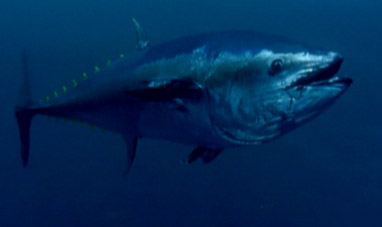

TUNA


THE DIGESTIVE SYSTEM
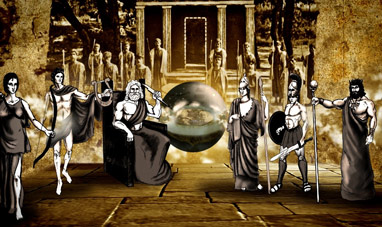

GREEK MYTHOLOGY
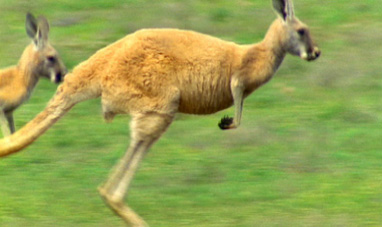

KANGAROO
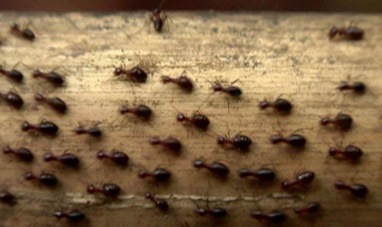

ANT


CHAMELEON


NEBULAE
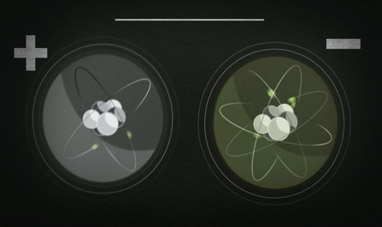

CHEMICAL BONDS


BARRACUDA
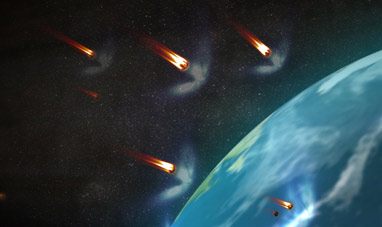

COMETS
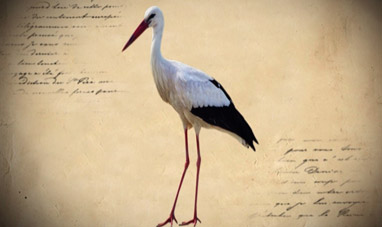

STORK
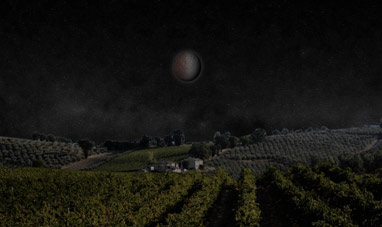

LUNAR ECLIPSES


CENTRIFUGAL FORCE


FLAMINGO


OWL


STARFISH
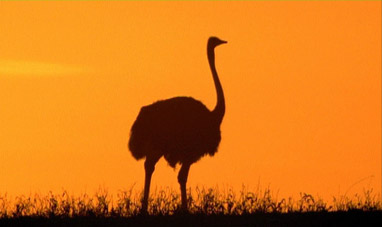

OSTRICH


OIL


THE HEART
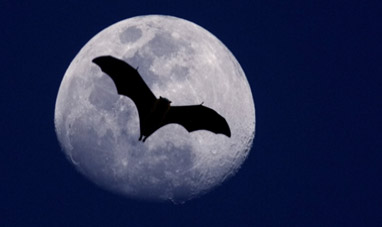

BAT


HYENA


AIDS


THE OCTOPUS
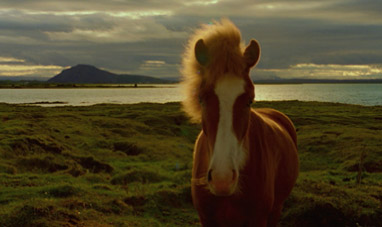

HORSE


THE BRAIN


PARROTT


GIANT ANT EATER
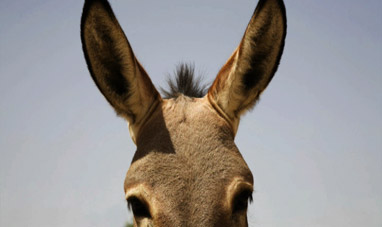

DONKEY
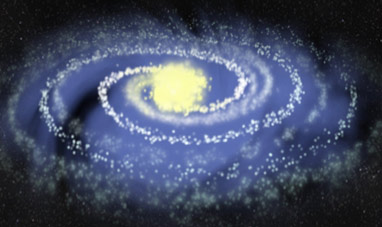

GALAXIES
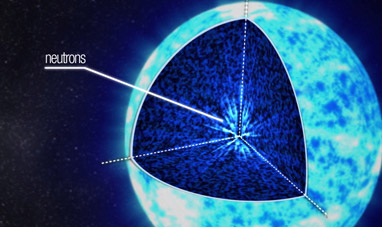

SUPERNOVAS


THE HANDS


KINETIC, POTENTIAL AND MECHANIC ENERGIES
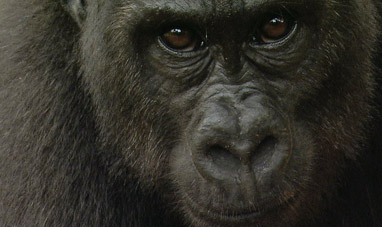

GORILLA


METEORITES
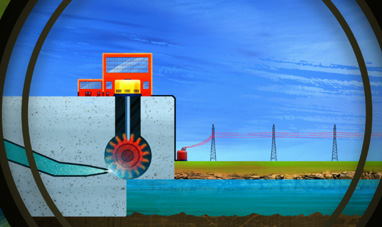

HYDROPOWER


QUASARS
